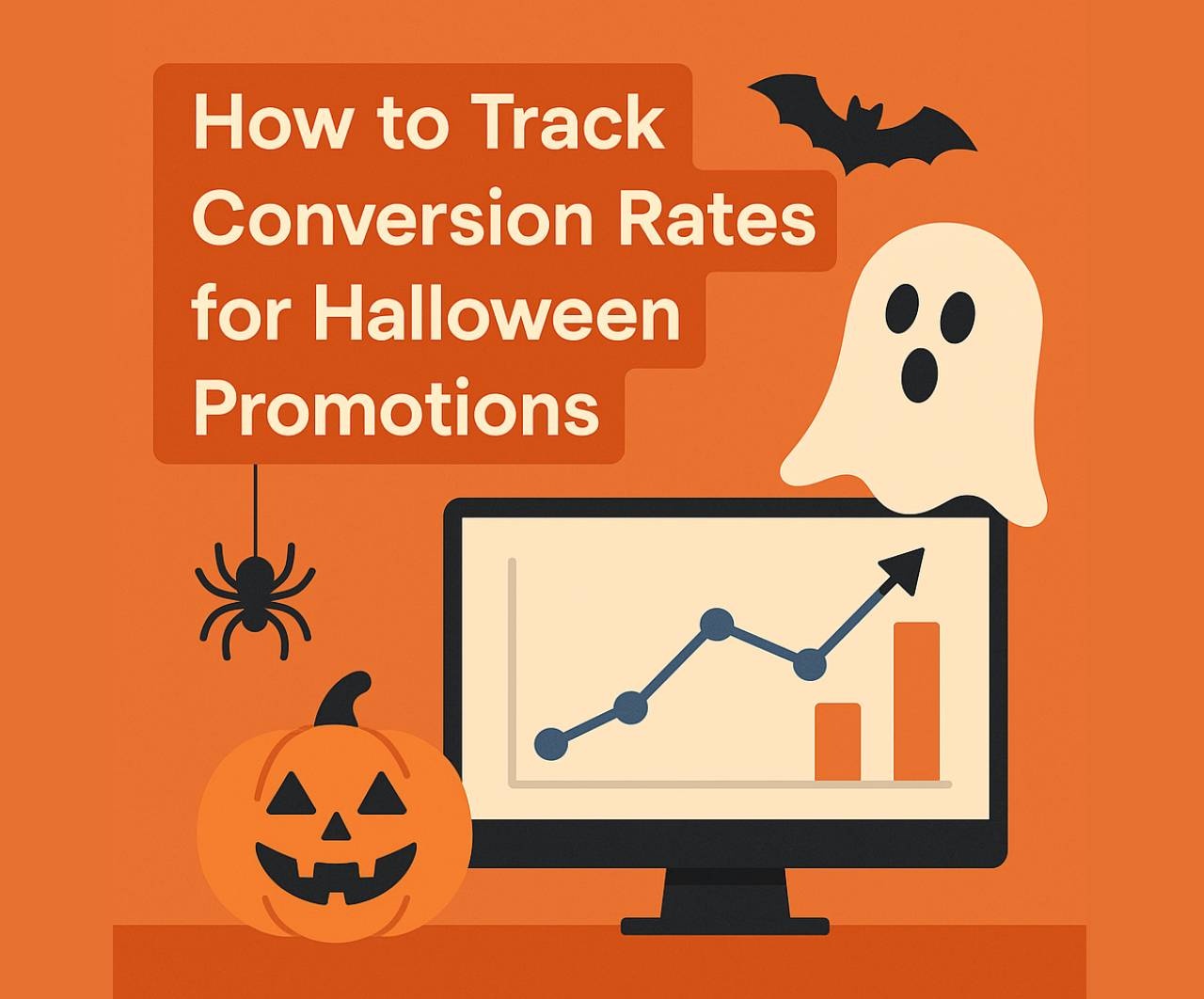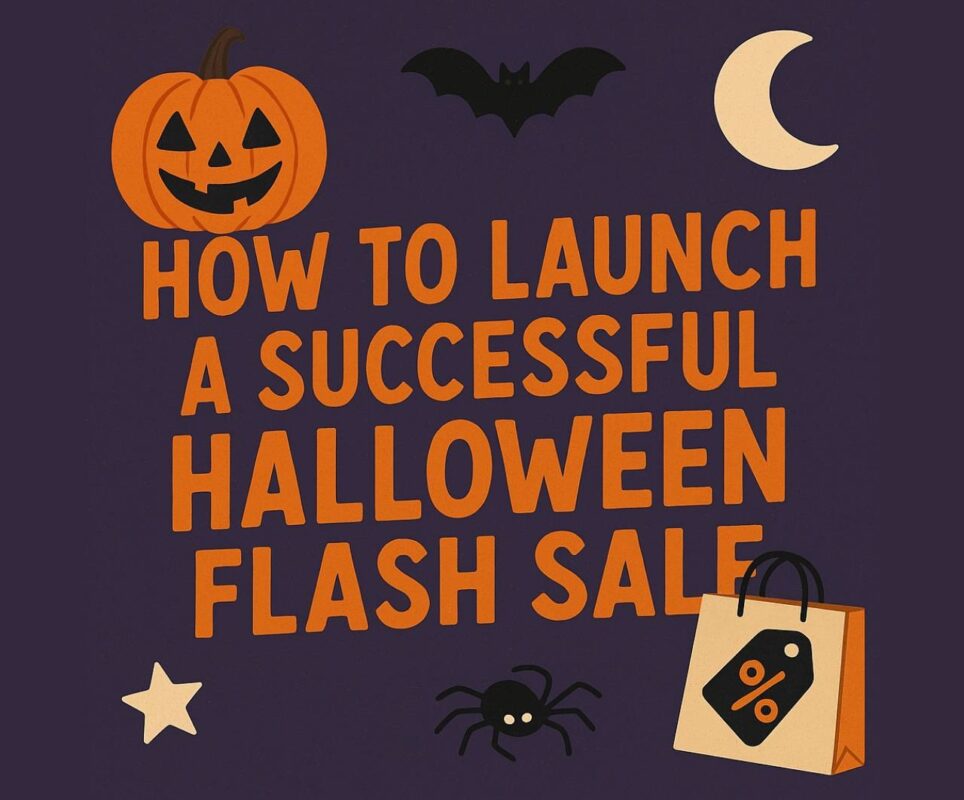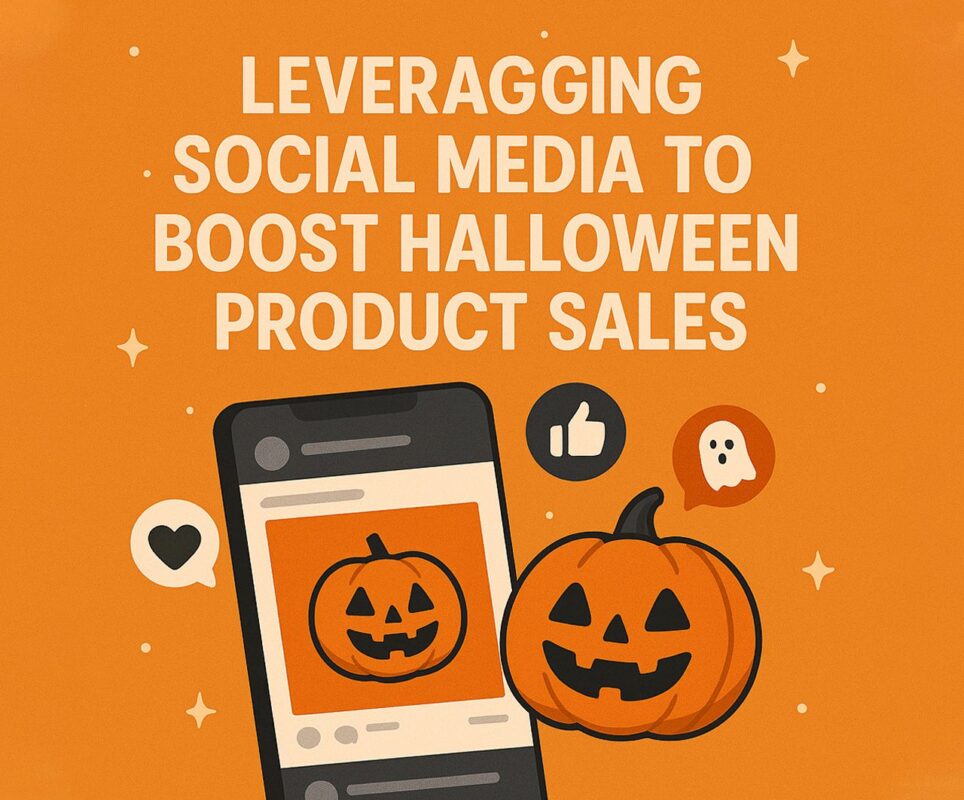How to Track Conversion Rates for Halloween Promotions

Halloween is a prime time for businesses to boost sales through themed promotions. Whether you’re selling creepy outdoor Halloween decorations, unique sugar skull decorations, or trending 12 ft skeleton clothes, understanding how to track conversion rates is crucial for maximizing revenue. With the right strategies, you can measure the success of your campaigns and optimize future promotions effectively. Know more..
Why Tracking Conversion Rates Matters
Conversion tracking allows businesses to understand how well their Halloween promotions are performing. Whether your goal is to increase sales, grow an email list, or drive website traffic, monitoring conversion rates ensures you’re investing in the most effective strategies.
Step 1: Define Your Conversion Goals
Before diving into tracking methods, it’s essential to define what conversions mean for your Halloween campaign. Some common conversion goals include:
- Sales of Halloween products (e.g., creepy outdoor Halloween decorations, sugar skull decorations)
- Sign-ups for email newsletters
- Downloads of Halloween-themed guides or coupons
- Engagement with social media posts
- In-store visits driven by online promotions
- Pre-orders or limited-edition Halloween merchandise sales
Having clear goals will help you implement the most effective tracking strategies and understand which marketing efforts generate the highest returns.
Step 2: Use Google Analytics for Tracking
Google Analytics is a powerful tool for monitoring website activity and conversions. Here’s how to set up conversion tracking:
- Set up Google Analytics if you haven’t already.
- Define goals in Google Analytics (e.g., completed purchases of 12 ft skeleton clothes).
- Use UTM parameters for tracking the performance of different marketing channels.
- Monitor real-time reports to see how users interact with your website.
- Create custom dashboards to analyze traffic sources, user behavior, and conversion funnels.
- Compare different traffic sources (organic, paid, referral, and direct) to determine where your audience is coming from.
- Use heatmaps and session recordings to understand how customers navigate your website before purchasing.
Step 3: Implement Pixel Tracking for Ads
If you’re running paid ads, tracking pixels help measure conversion rates. Platforms like Facebook Ads and Google Ads provide pixel tracking that allows you to:
- Track purchases of creepy outdoor Halloween decorations
- Measure clicks and engagement with ad campaigns
- Retarget users who have shown interest in sugar skull decorations but haven’t completed a purchase
- Optimize ad spending by understanding which creatives perform best
- Track conversion paths to determine whether customers are engaging with multiple touchpoints before buying
Step 4: Monitor Sales and Promo Code Usage
Many businesses offer exclusive discounts during Halloween promotions. If you’re running a campaign that includes promo codes, track:
- How many times a promo code was used
- Which products (e.g., 12 ft skeleton clothes) were most frequently purchased with discounts
- The percentage of discount-related conversions compared to regular sales
- Which customer segments respond best to promotions (new vs. returning customers)
- How promo codes impact average order value and cart abandonment rates
Step 5: Analyze Social Media Performance
Halloween promotions thrive on social media engagement. Platforms like Instagram, Facebook, and TikTok allow businesses to measure:
- Click-through rates on posts featuring creepy outdoor Halloween decorations
- Shares and comments on sugar skull decorations giveaways
- Direct purchases made through social media shopping features
- Engagement levels on interactive content, such as Halloween-themed polls, quizzes, and live streams
- Influencer partnerships and how they drive conversions compared to traditional marketing methods
Step 6: Email Marketing Tracking
Email marketing is a powerful tool for Halloween promotions. To track email campaign conversions:
- Use email analytics tools to measure open and click-through rates
- Track sales generated from email-exclusive discounts on 12 ft skeleton clothes
- Compare different email subject lines to optimize engagement
- Segment email lists to send targeted Halloween offers to different customer groups
- Analyze cart abandonment emails to determine how many users return to complete their purchases
Step 7: A/B Testing for Optimization
To improve future Halloween campaigns, conduct A/B testing by:
- Creating two versions of a promotional landing page
- Testing different ad creatives for creepy outdoor Halloween decorations
- Experimenting with pricing, discounts, and call-to-action buttons
- Adjusting email marketing approaches to determine the most effective subject lines and layouts
- Testing checkout page optimizations to reduce cart abandonment rates
Step 8: Measure Customer Lifetime Value (CLV)
Understanding customer lifetime value helps businesses determine how much revenue a customer generates over time. By tracking repeat purchases and customer engagement, you can:
- Identify which Halloween promotions attract long-term customers
- Adjust marketing budgets based on the value of retained customers
- Personalize future campaigns for high-value shoppers
Step 9: Track In-Store and Online Conversions Together
For businesses with both physical and online stores, tracking both digital and in-person sales is crucial. Strategies include:
- Using QR codes in stores to link back to online promotions
- Encouraging online customers to redeem in-store-only discounts
- Tracking foot traffic from digital marketing efforts using location-based analytics
- Offering buy-online-pick-up-in-store (BOPIS) options and measuring their effectiveness
Step 10: Post-Promotion Analysis and Future Planning
Once your Halloween promotions end, it’s time to analyze results and plan for next year. Key areas to evaluate include:
- Which products (e.g., 12 ft skeleton clothes, creepy outdoor Halloween decorations) performed best
- The most successful traffic sources and marketing channels
- Customer feedback and reviews on Halloween-themed products
- The return on investment (ROI) for each marketing strategy
- Adjustments needed for future campaigns to improve performance
Conclusion: Maximizing Halloween Sales Success
Tracking conversion rates for Halloween promotions ensures your efforts translate into measurable results. By using tools like Google Analytics, ad pixels, and email tracking, you can gain insights into customer behavior and optimize your sales strategy. Whether you’re selling sugar skull decorations, creepy outdoor Halloween decorations, or the highly sought-after 12 ft skeleton clothes, implementing these tracking techniques will help you maximize profits and plan even better campaigns for the future.
With detailed data analysis, businesses can refine their marketing strategies, improve customer engagement, and make data-driven decisions for upcoming Halloween seasons. By continuously optimizing your tracking methods and staying updated with emerging trends, you can ensure that your Halloween promotions deliver higher conversion rates and increased revenue every year.


